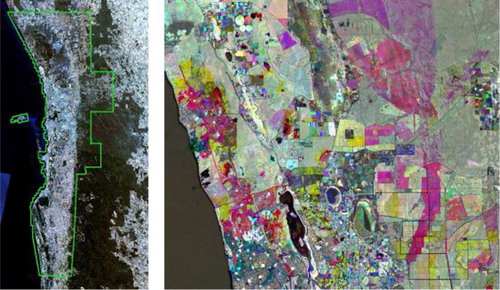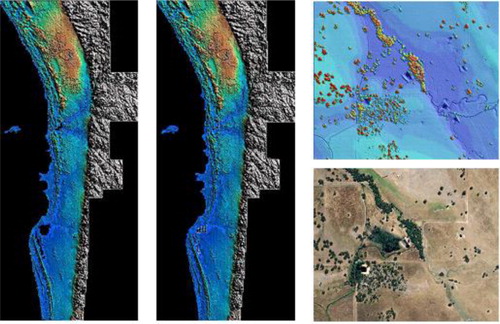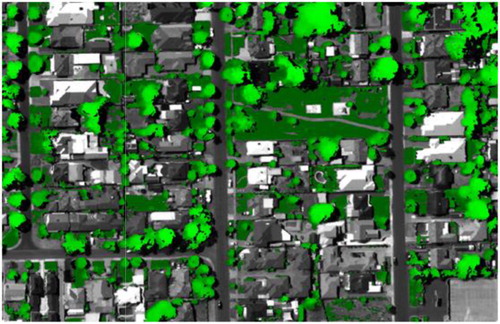Figures & data


Table 1. The accuracy assessment of elevation differences between the DSM and triangulated tie points, and the DSM and independent check points.


Table 2. Vegetation accuracy for the year 2007.
Table 3. Vegetation accuracy for the year 2009.
Table 4. Tree accuracy for the year 2007.
Table 5. Tree accuracy for the year 2009.
![Figure 5. Area of trees [log10(Area_Trees_km2)] by height (m) for the years 2007 and 2009. The estimates show no major departure across the height range.](/cms/asset/9a18ab29-5262-4819-a18c-1d39650ba1a4/tjde_a_1046510_f0005_c.jpg)
